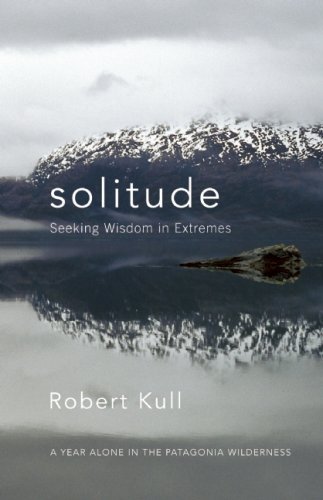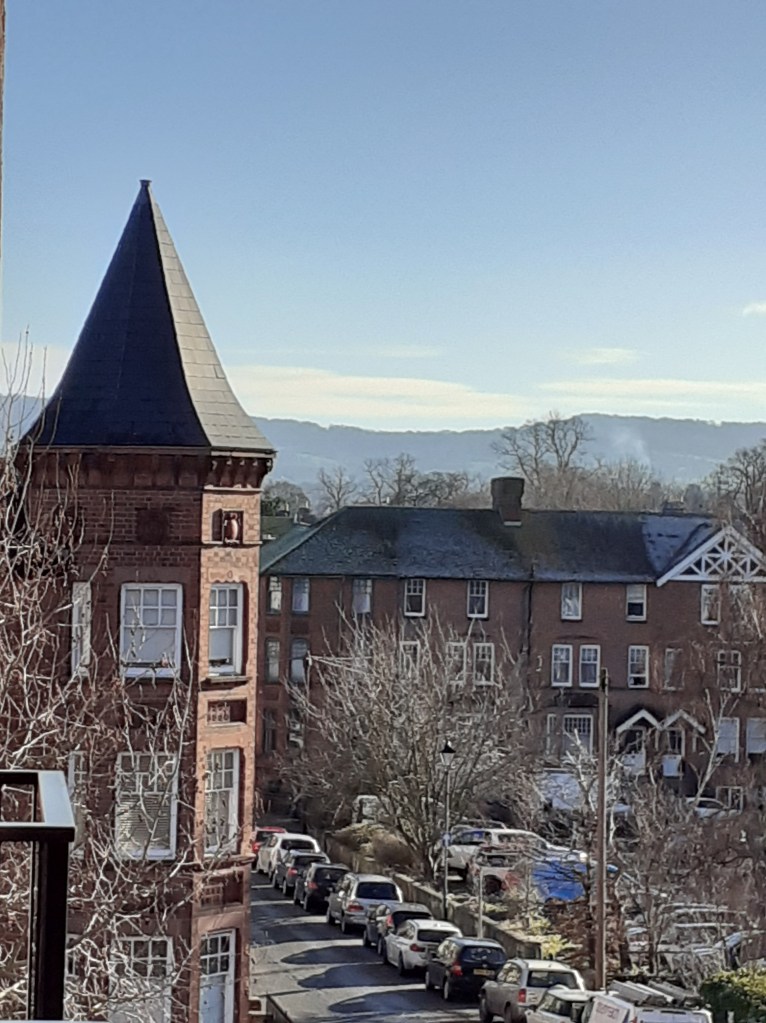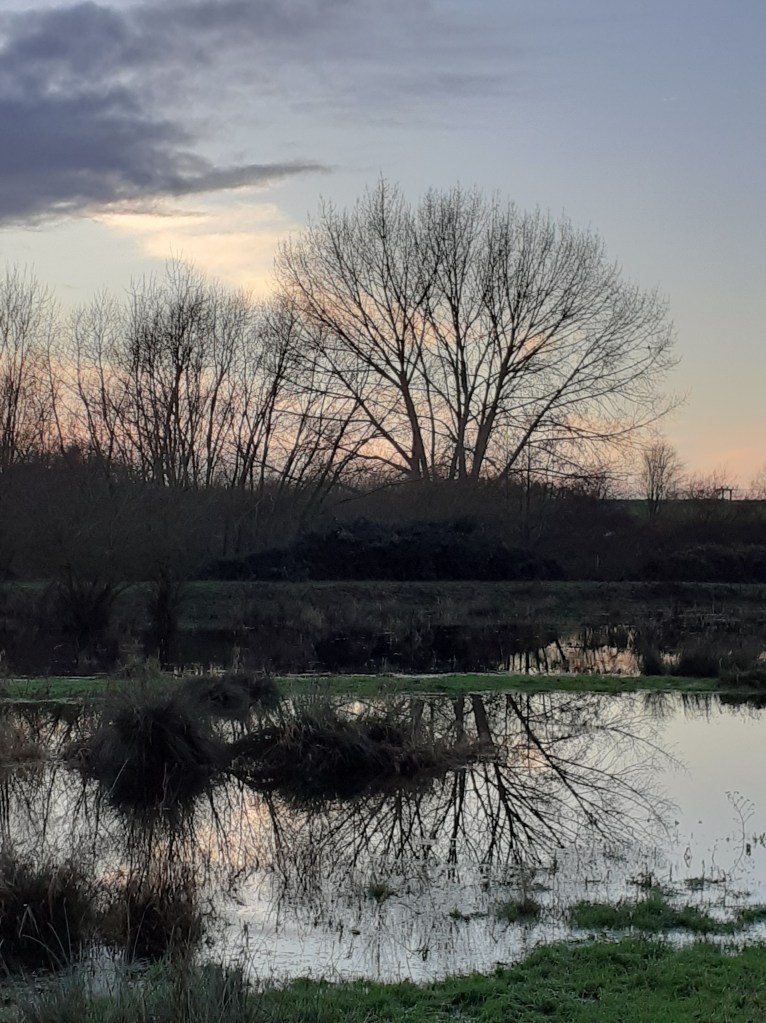‘Perhaps the most useful aspect of my year alone in the wilderness was to come to accept that my inner world has its own inherent weather patterns, as does the external world. The recognition that I’m not in control and that grey days do not mean I’ve done something wrong, That all the ups and downs, lights and darks, are part of who I am; who we are’ (1).
This post is a second story from Stephen Batchelor’s The Art of Solitude (1,2) – this time not about him. On 5 February 2001, Robert Kull, then aged 54, spent a year alone on a remote island off the southern coast of Patagonia. The nearest humans were at Puerto Natales, sixty miles away across impassible mountains and fjords. No boats ever passed by. Kull wanted to explore extended solitude as a self-challenging inquiry. He had already experienced three months of solitude in northern BC, Canada, which he found strange, powerful and ‘potentially frightening’ especially ‘without other people to help me maintain my identity’. This had led to a breakdown, as the ‘facade of autonomous self-sufficiency started to crumble’, and then to a breakthrough – an ecstatic experience of mystical union with nature that lasted several weeks.
Wishing for a truly radical solitude off the Patagonian coast, Kull even questioned his own journal writing on the grounds that ‘daily writing feels like breaking solitude’, since ‘as soon as the solitary begins to speak, even if by writing to an imagined reader, he (or she) is no longer truly alone’. For when he writes, or thinks about writing, ‘I’m not really here in solitude, but in an imaginary future where someone else is reading my descriptions’. But he also finds that when he considers not writing, ‘I’m hit with a wave of isolation and loneliness’. Self-compassionately, and out of loyalty to his project, he continues with his journal.
In the early weeks Kull is busy with the construction and maintenance of his cabin (built of material brought with him on a Chilean Navy ship). He is also equipped with a wind generator, solar panels, a wood-burning stove, and a small boat with outboard motors. He has concerns about fresh water, firewood, blackflies and shoulder pains. Once set up, he records his observations of condors, eagles, ducks, dolphins, seals and limpets. He fishes, he reads, and he writes about the books he is reading. He settles into a routine of meditation, philosophical introspection, writing poems, and taking photographs.
Batchelor does not mention that Kull’s sojourn was tied in to a PhD. project for The University of British Columbia at Royal Roads, Vancouver Island. Kull’s research question was: What are the physical, emotional, psychological and spiritual effects of deep wilderness solitude? (3) Kull summarises his methodology: “I develop an innovative methodology of vigilant mindfulness combined with radically honest journal keeping and narrative writing to examine and document my own lived experience in solitude. I extend interdisciplinarity and integrate spiritual practice with academic study, and I share my work with the non-academic community”. This seems to me an important piece of context, which makes the project clearly pre-meditated and planned with a community of peers and an accountability to them. It holds the individual quest within a collective endeavour and, in my view, adds to its meaning.
Unsurprisingly, Kull shows dedication, deep thought and meticulous planning in organising his experiment. He shows courage, honesty and rigour in carrying it out. He finds, and reports, that he does not repeat an earlier ‘enlightenment’ experience. Complex subjective experience is simply too tricky in that respect. It is to Kull’s credit that he can accept a new and different outcome. One lesson I draw from his experiment is that solitude cannot be absolute. It is always relative, always negotiated, and will involve different costs and outcomes depending on who is being solitary and what their arrangements are. Kull’s was a well-resourced collective project, though it may not always have felt like it alone on the island.
I will return to Robert Kull’s wilderness solitude project when I have read his own book. I am grateful to him for putting himself on the line in this remarkable experiment. His willingness to share his personal experience in the setting of an academic project, and to explore the issues that it raises, is a gift to us all.
(1) Stephen Batchelor The Art of Solitude: A Meditation on Being Alone with Others in This World New Haven, CT & London, England: Yale University Press, 2020
(2) See also: https://contemplativeinquiry.blog/2023/05/05/
(3) https://bobkull.org/ Robert Kull’s book for the public, Solitude, Seeking Wisdom in Extremes – A Year Alone in the Patagonia Wilderness, is referenced on this site, with a link to Amazon. See also: https://contemplativeinquiry.blog/2023/05/26/
* Often transliterated as Chuang Tzu



















